
Nikon’s Z 24-70mm f4 S kit lens was one of their surprise performers. No one really expected this kind of sharpness and image quality from a kit lens. It was an affordable option over their 2.8 offering, giving many users an excellent entry into the Nikon mirrorless family. The Nikon Z 24-120mm f4 S has impressive image qualities, and the body handling remains quite similar. It adds macro capabilities, an L-Fn button, a dedicated manual focus ring, and an extra 50mm reach. All this for just $100 more than the 24-70mm f4 S.
We hate banner ads too. Download our app for iOS, iPad, and Android and get no banner ads for $24.99/year.
When I began moving to the Nikon Z mirrorless system about three years ago, getting the Z 24-70 f2.8 S lens wasn’t a priority. Maybe this was partly because I already owned the first gen F mount G version of the lens, which I could use with the FTZ adapter. But it was also because I got a great deal on the Z6 24-70 f4 kit bundle. The 24-70mm f4 S isn’t a bokeh king like the 2.8, but this wasn’t much of a concern for the kind of work I did. However, after a few months of using it as a walkabout lens for street and cityscape photography, I did wish I had a longer focal range.
I’d never used the F mount 24-120 Nikon had because I thought it was too chunky for me. When rumors began to float about a Z mount 24-120 f4 lens, I banked on this being my next lens. I found myself selling the 24-70 f4 to get the Nikon Z 24-120mm f4 S almost as soon as it was released. It was a decision I never regretted, given the extra $100 it cost me, and offers a lot more value.
The Big Picture
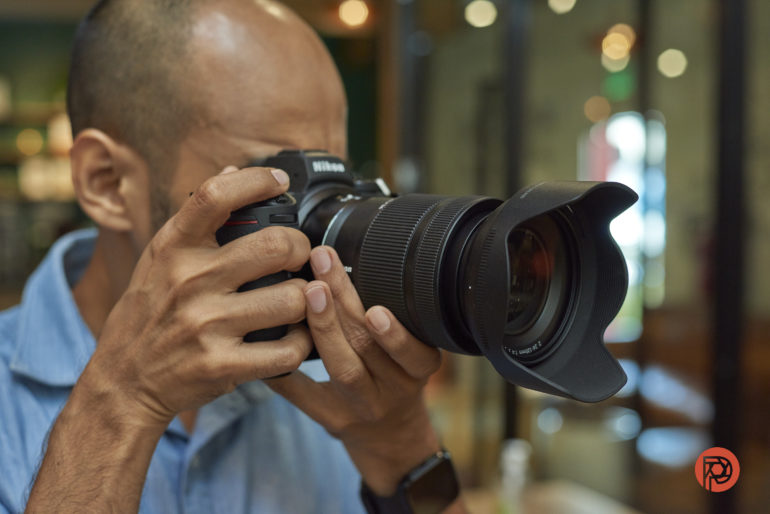
Pros
- Nano Crystal and ARNEO lens coatings
- Super silent S-line lens
- Macro focusing capabilities as close as 1.15 ft at 120mm
- Weather sealed lens barrel and rubber gasket over the lens mount
- Customizable L-Fn button
- Dedicated manual focus ring in addition to the control ring
- Only $100 more than the Z 24-70mm f4 S that doesn’t have most of the above capabilities
- 77mm filter thread means I can use a lot of my existing circular filters from F-mount pro lenses
- Rugged construction. Mine fell from 4 feet high and smashed to the ground. Apart from a broken UV filter, a few missed AF shots on the day, and some scuffing, it continues to work perfectly.
Cons
- No Vibration Reduction in the lens. I’m guessing this was left out to keep the costs down. Nikon Z full-frame bodies have in-body stabilization already.
- You’ll miss the satisfying zoom ring lock if you’re upgrading from the Z 24-70 f4 lens.
- Not the most satisfying bokeh at 120mm
This lens takes first priority in my kit when I want to keep my bag light. Be it street photography or event coverage, I toss this in my camera bag with a speedlight, and I’m good to go. In the past, I’d take along a 105mm or 70-200mm for extra reach because 70mm wasn’t enough. Leaving these extra lenses at home has been an enjoyable experience when doing corporate shoots over four hours long.
The zoom ring might feel stiff when you’re going from 24 all the way to 120mm. Image quality throughout the focal range is really good, and a tad sharper at 70mm compared to the Z 24-70mm f4 S lens. I rarely swap out for my 105mm macro lens when the Nikon Z 24-120mm f4 S is on my camera unless I have a requirement to go ultra close. This lens’s macro capabilities are useful for most non-macro specialist photographers.
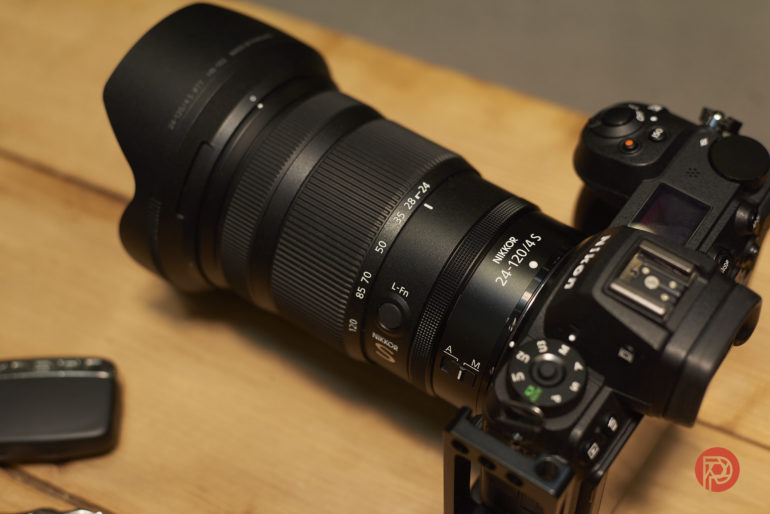
Having used this lens in deserts and generally in hazy conditions in Dubai’s summer, Nikon’s weather sealing claims for this lens holds up. My Z6 II sensor remains dust free when using this lens, and I find myself cleaning it less often than before. Visible dust often falls on the lens barrel when I work outdoors, but this doesn’t find its way to the sensor. Focus speed is relatively fast, but it definitely usurped by lenses like the Z 70-200 f2.8 S and Z 24-70 f2.8 S. Still, at this price point, I would recommend Nikon users to go for this lens over the Z 24-70 f4 any day.

For its versatility, impressive zoom range, functional macro capabilities, and lightweight construction, I’m giving the Nikon Z 24-120mm f4 S lens four out of five stars. It misses a full five stars for the lack of in-body VR capabilities. Want one? Check it out on Amazon when you make a purchase.
Gear Used
I used the Nikon Z 24-120mm f4 S (that I own) on a Nikon Z9 (a loan body) and Nikon Z6 II (my own) with a range of UV filters from H+Y, Hoya, Sigma, and the Irix Edge Vari ND 2-5 Filter. The Z6 II body occasionally had a SmallRig L-bracket on it.
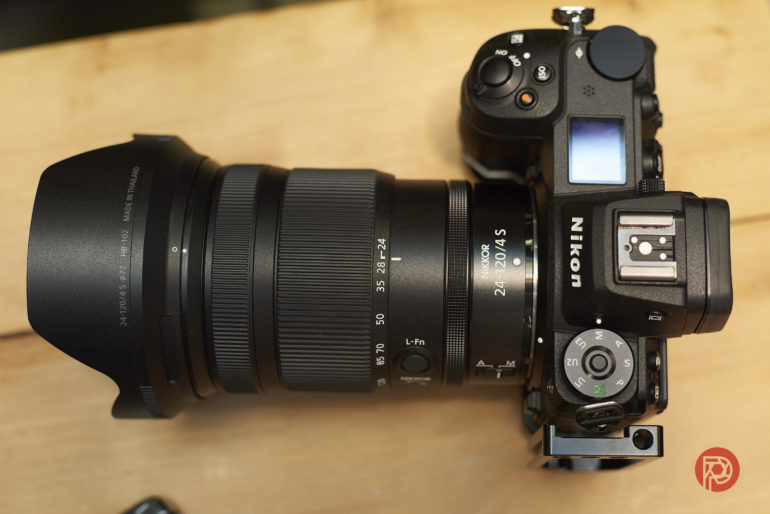
Innovations
I did not expect macro capabilities in this lens before it was announced, and to have the ability to focus as close as 1.15 feet, even at 120mm, is more than helpful. My dedicated 105mm macro lens is not something I carry often. When I have an urgent close-up requirement on the field, this lens easily fulfills that. At a reproduction ratio of 1:2.56, it’s not a specialist macro magnification, but it’s not bad and better than nothing. The F-mount version didn’t have this, so Nikon did well by adding it in the Z mount version.
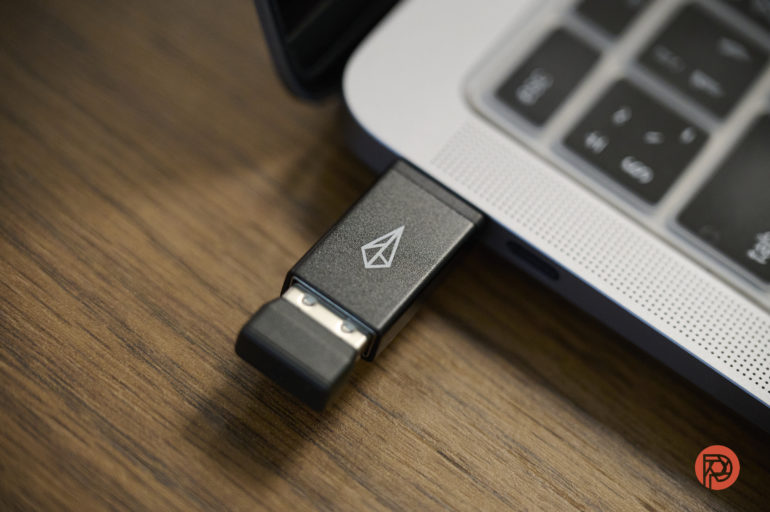
Ergonomics
If you’re upgrading from the 24-70mm f4 S lens, you’re bound to miss the zoom ring turn lock. For the first week or so, you’re probably going to turn it harder than usual, expecting to hear that click.
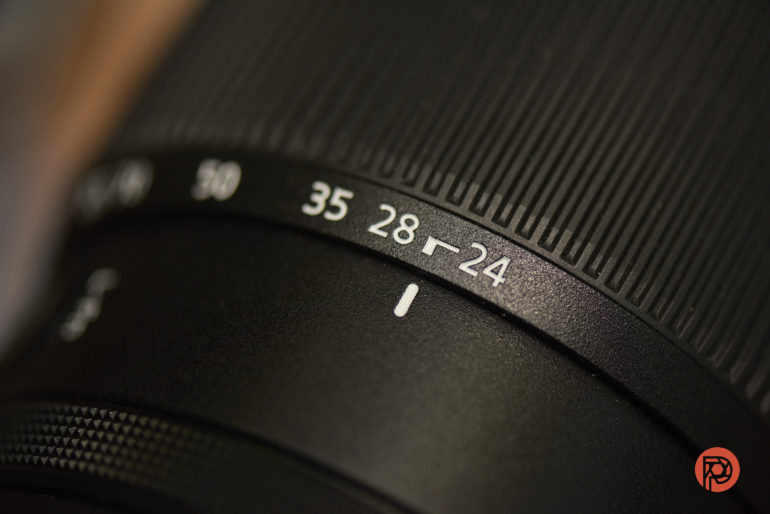
Nikon’s Z mount ‘Holy Trinity’ of lenses all have different size filter threads. This isn’t one from that pack but, since it’s also 77mm, you have the option of using many filters from your F-mount lenses.
Nikon included a dedicated manual focus ring closer to the lens mount, leaving the control ring customizable for additional features like aperture or ISO control. The L-Fn customizable button sits above the proudly displayed large metal S on the left of the lens. Being a lens that will be used by many landscape photographers, the A-M focus mode switch is a welcome feature. It’s by no means a fixed-length lens, and it extends about 5.5cm more when zoomed in at 120mm. The weight is well balanced at this focal length for handheld photography and videography.
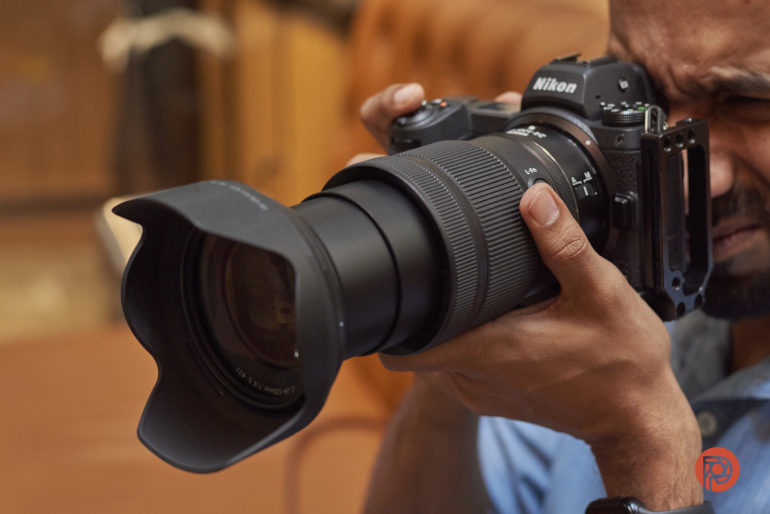
There’s no aperture ring, as is the standard on all the Z lenses, but the control ring can be configured to change this parameter. This is not something I would do since it’s easy to accidentally turn this ring.
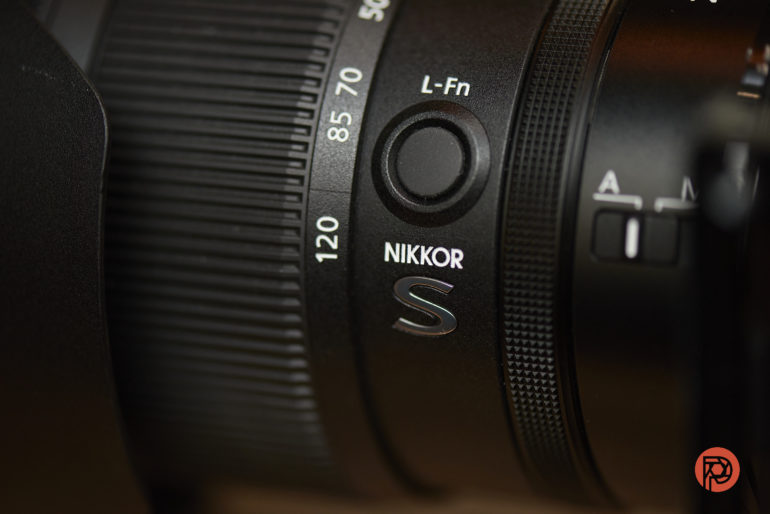
The rubber gasket on the lens mount provides ample weather sealing
Build Quality
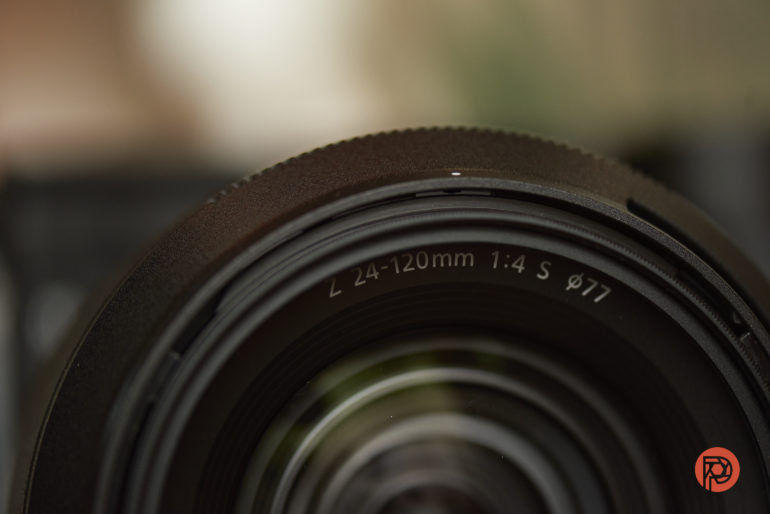
Being an S-line lens, the Nikon Z 24-120mm f4 S looks and feels cool to the touch, but it’s a mostly plastic exterior. Filter threads are plastic too, so I’d be careful while mounting screw-on filters. The manual focus ring is probably the nicest part of the lens to use. It feels like metal, and the knurled pattern helps you fine-tune your focus easily.
You also get a petal-shaped plastic hood that feels flimsy but can be screwed onto the lens in reverse for easier storage.
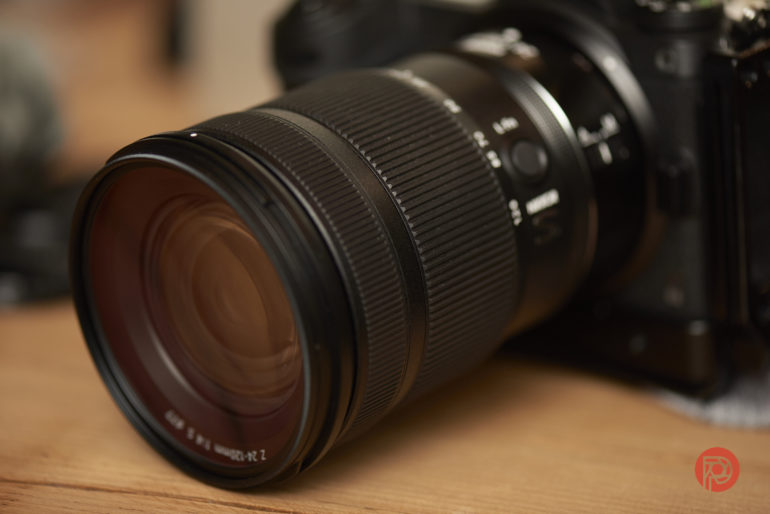
Weather sealing gets top marks in my books here, as there was hardly a time I noticed any visible dust on the sensor during many weeks of using this lens. And where I live, dust and sand are something to contend with daily.
After about two months of using this lens, it suffered a nasty fall onto the pavement, straight onto its front element. As a precaution, I still keep UV filters on all my lenses in case this scenario ever occurs. The UV filter shattered, and the lens had a few scuffs on it. I feared the worst because Z lenses don’t feel as rugged as F mount lenses. There was some whirring of the AF motor inside, and my heart sank. I didn’t have another lens that day to shoot with, so I had to make do with this one. A handful of shots look like they missed AF that morning but, apart from that, it continued to work reasonably well.
The next day I took it to Nikon HQ’s service center to take a look. It passed all their service tests, and they said it didn’t need any parts replaced. The last piece of gear I had that survived a similar fall was my Nikon D4, but that’s built to withstand damage. An unintentional test for this lens, most certainly not one I’d do willingly, but it showed me that this lens was sturdier than it looked.
Focusing
Nikon has been steadily providing firmware updates for their first generation Z6 and Z7 bodies, as well as the newer Z6 II and Z7 II (something their DSLRs rarely received). Selecting focus points (on the Z6 II LCD) between the closest focusing distance and infinity proved no challenge for this lens. It’s not the fastest focusing lens in the Z mount lineup, but it’s no slouch either. For a lens one could brand as prosumer, AF speeds supersedes that of the F-mount version easily. It’s even more impressive when you use AF-F on video mode.
Most of the testing with this lens was done with human Eye Detection-AF in AF-C Wide Area mode. Eye tracking speed and accuracy performed very well in decently-lit scenarios and better than expected in low light conditions. This is heavily dependent on the body you use, but the lens kept up even with the super-fast AF on the Z9.
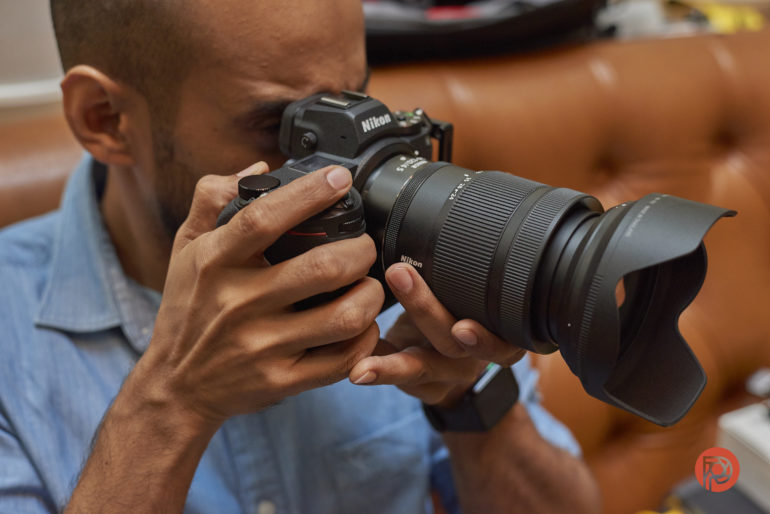
Even while tracking fast-moving subjects, whether it was on a Z9 or a Z6 II, this lens kept up. Whether it was my son zipping across the local park or skateboarders doing tricks in the city, very few frames were missed in terms of focus accuracy.

Ease of Use
Aside from the first couple of weeks, where I would turn the lens to 24mm a bit more than usual (subconsciously expecting the lens lock to click in), this handling of this lens is straightforward. The zoom ring felt stiffer than other Z lenses, but you’ll get used to it in a few days. The weight distribution across the lens, whether at 24mm or 120mm, feels pretty balanced. Just configure/turn off the control ring settings, and you’re good to go out and explore the vast focal length range this lens has to offer.
Image Quality
Images results, even SOOC, on the Nikon Z 24-120 f4S lens are on par, if not better than what I experienced with the 24-70mm f4 S lens. The colors are true to life, and the sun stars are crisp.
Bokeh
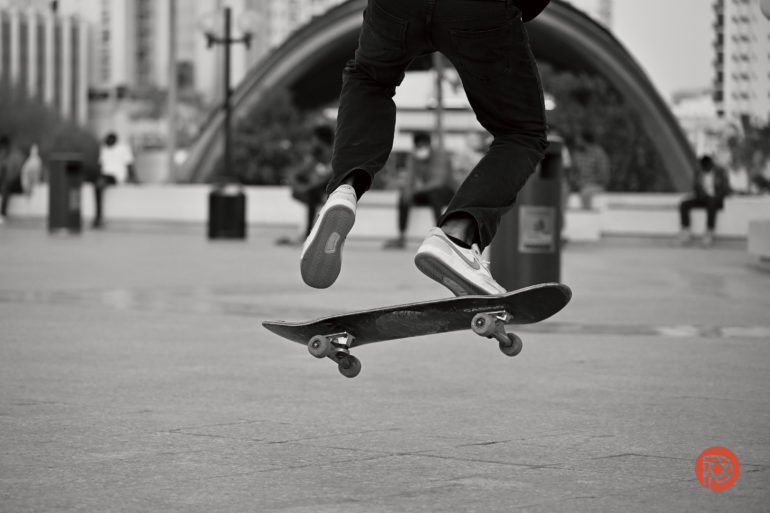
Understandably enough, this isn’t a lens you’d buy for its bokeh qualities. While bokeh isn’t anywhere close to an f2.8 lens, it’s pretty good at f4 and above 100mm. There’s good separation depending on how close the subject is to the lens.
It’s really a no-brainer to pick this lens up if you’re a fan of the Z 24-70mm f4 S. It doesn’t feel much heavier, and you get an awesome extra 50mm still at f4. Plus there’s the macro focusing ability and excellent dust sealing.
Color Rendition

Aside from hazy days here, most of the colors that this lens produces are accurate. Minimal saturation boosts are needed for images taken when the skies are clear. Skin tones are pleasantly similar to what the naked eye sees when shooting in Standard Picture Control.

Lens Character

I wasn’t able to detect any chromatic aberration to date, but this could be because of how the Z bodies handle such character flaws in the camera. There were times when almost no lens flare was seen when the sun was bright in the sky.
Sharpness
Images are softer in the corners at f4, but definitely not noticeable and only observed when pixel peeping. At f5.6 and above, it is excellent throughout the frame. Check out the below image and the 100% crop from the corner.
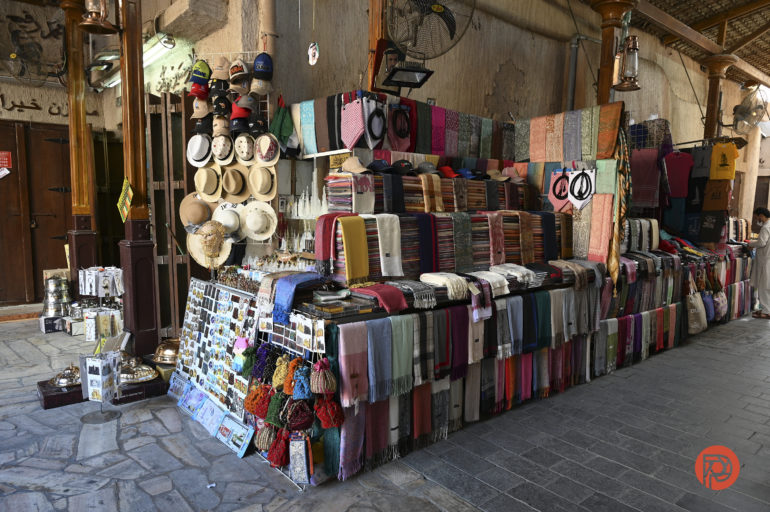

I enjoy the micro contrast that shows up in landscapes and portraits, especially when the subject is backlit.
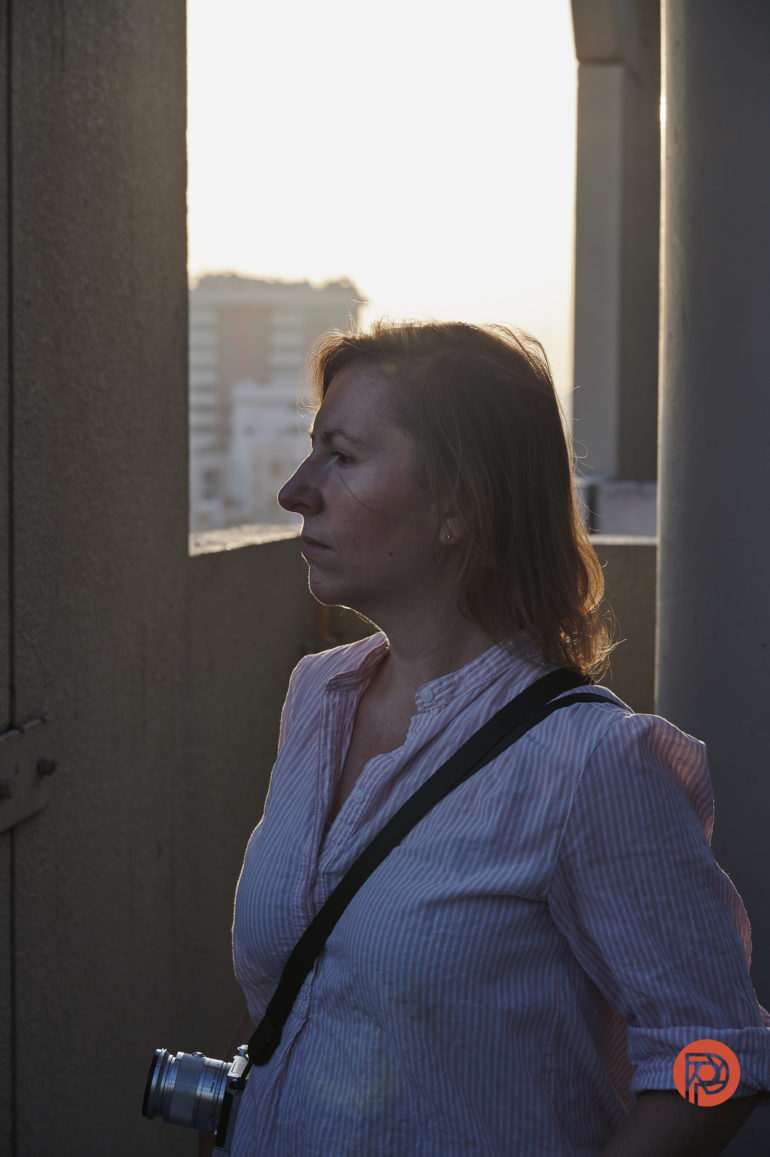
Extra Image Samples
From day one, The Phoblographer has been huge on transparency with our audience. Nothing from this review is sponsored. Further, lots of folks will post reviews and show lots of editing in the photos. The problem then becomes that anyone and everyone can do the same thing. They’re not showing what the lens can do. So we have a section in our Extra Image Samples area to show edited and unedited photos. From this, you can make a decision for yourself.
Unedited
The first 4 pairs of images below have been taken from the same spots in alternating focal lengths of 24mm and 120mm, to give a visual idea of the zoom range of this lens




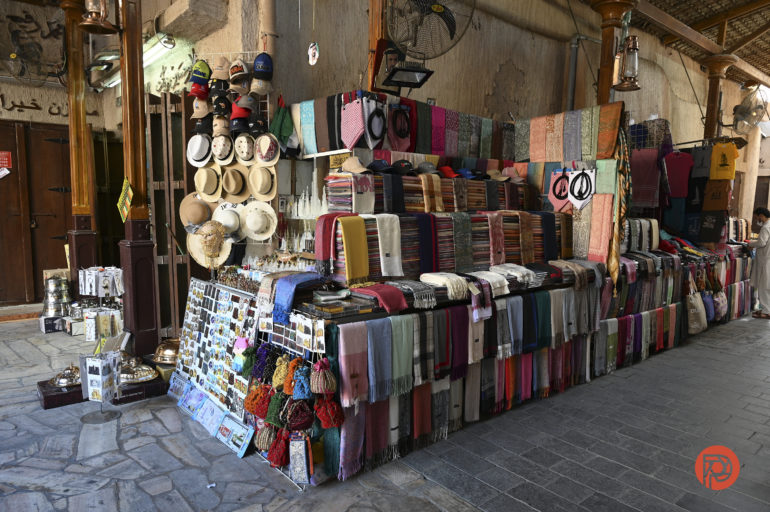
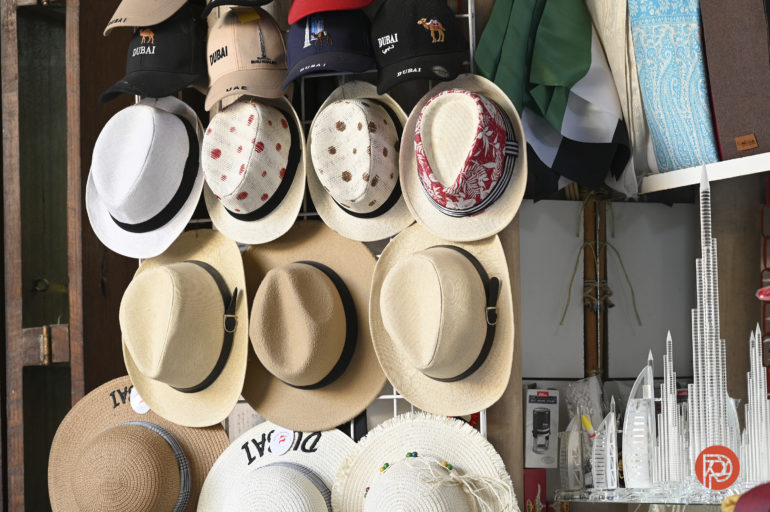




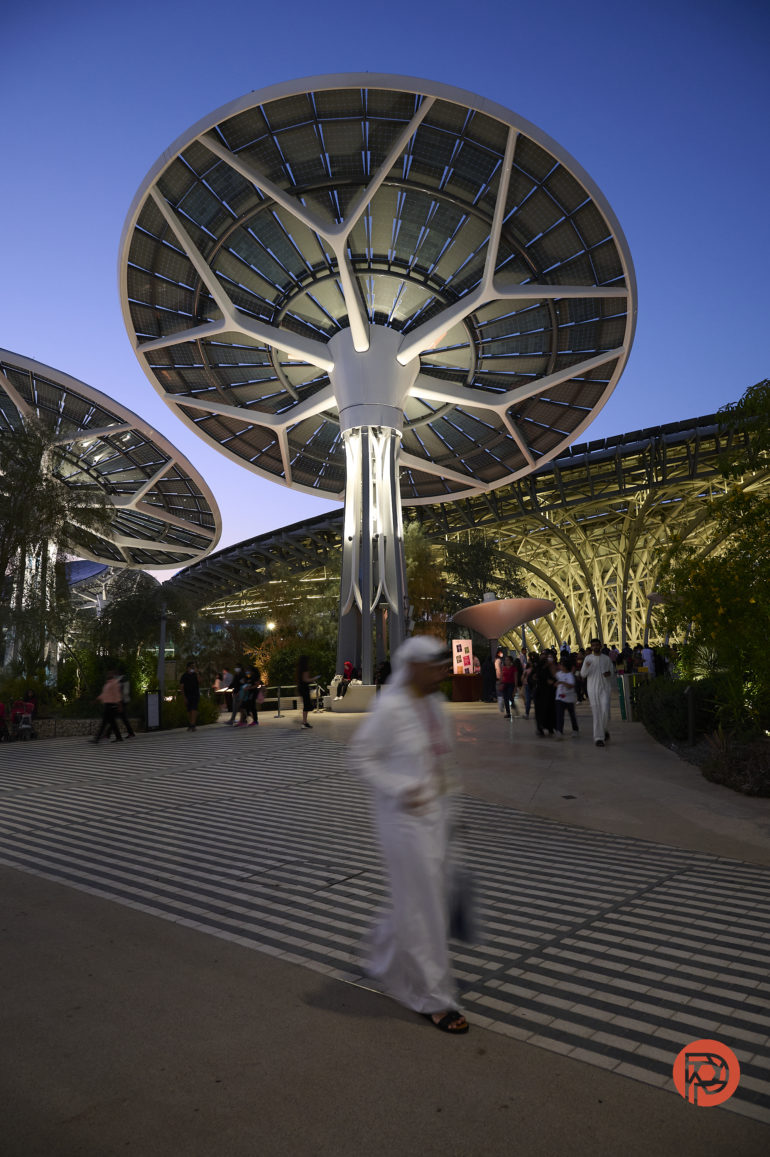

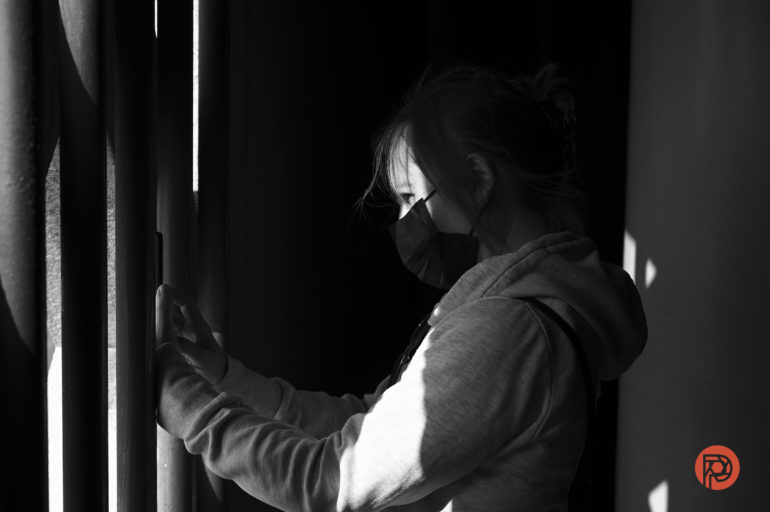

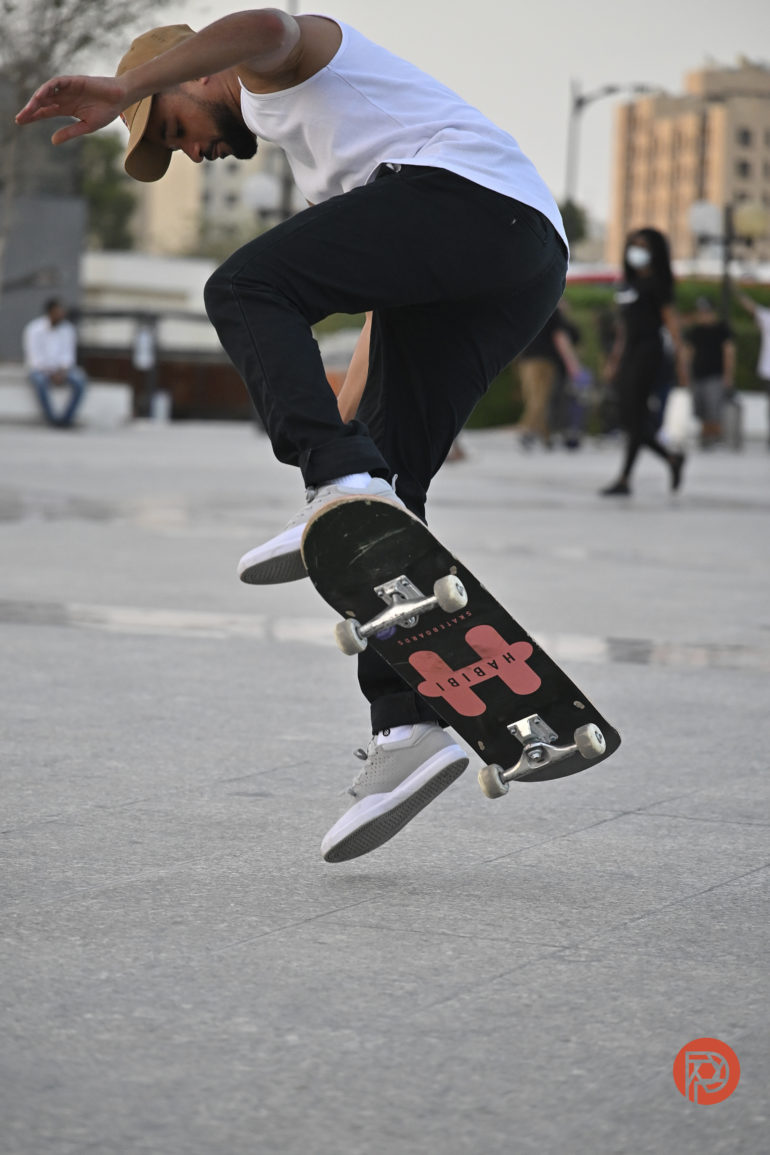





Edited








Who Should Buy the Nikon Z 24-120mm f4 S?
This lens is for photographers looking for the ideal walkabout lens that can perform consistently in various situations, as well as those who want more reach than 70mm. Also, anyone who is considering the 24-70mm f4 lens and can put $100 more towards their budget should pick up this lens. If you’re planning on getting a new Z body, but undecided on what your first lens should be, get this one. Skip the 24-70 f4; you’re getting a much more capable lens in the 24-120mm f4 S for the little extra you’d pay.
Nikon Z 24-120mm f4 S Lens Tech Specs
Some of the key specs that Nikon USA lists on their page are:
- Zoom Ratio: 5x
- Minimum Aperture: f/22
- Maximum Angle of View (DX-format): 61° – 13°20′
- Maximum Angle of View (FX-format): 84° – 20°20′
- Maximum Reproduction Ratio: 0.39x
- Lens Elements: 16
- Lens Groups: 9
- Diaphragm Blades: 9 (Rounded diaphragm opening)
- AF Actuator: 2 STM (stepping motor)
- Minimum Focus Distance: 1.15 ft (0.35m) from focal plane at all zoom positions
- Filter Size: 77mm (P = 0.75 mm)
- Approx. Dimensions (Diameter x Length): 3.4 in. (84 mm) x 4.7 in. (118 mm) Distance to end of lens from camera lens mount flange. Based on CIPA guidelines
- Approx. Weight: 22.2 oz. (630 g). Based on CIPA guidelines
The Phoblographer may receive affiliate compensation for products purchased using links in this blog posted.






